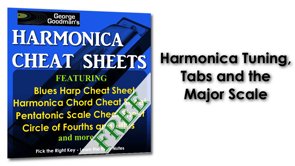
Harmonica Tabs, Tuning and the Major Scale
Explore and learn the tabs for the major scale over the entire range of the harmonica.
Harmonica Tabs, Tuning and the Major Scale
Lesson Info
Lesson Length: 10:29
Instructor: George Goodman
Harmonica tabs are used throughout the Harmonica Cheat Sheets and video series to indicate the notes to play on the harmonica, whether to blow or draw, and any bending or overblowing necessary.
In order to play the major scale over the full range of the harmonica, double bends in the lower octave are necessary.
This session goes over the harmonica tabs for the major scale and demonstrates the major scale over the full range of the mouth organ.
Help File
Gear Used
I am using a C harmonica played in first position. This one is a Hohner Special 20.
Musical Challenges
Single notes sound best here. The Lip Pucker technique is the way to go for that.
High notes can be challenging and you want to avoid a thin sound. Support from the diaphragm makes the higher octave versions fuller.
Playing single notes and Breathing Techniques are all covered in Harmonica Essentials - Check out the course material here: Harmonica Essentials Course
Learn Harmonica Tabs While Exploring the Harmonica Tuning and the Major Scale
Harmonica Tabs
Basic harmonica tabs are provided to indicate which holes to blow or draw and bends or overblows if any.
First off, each hole of the harmonica is numbered 1 through 10 which you will see on the top plate just above the corresponding hole.
So in the harmonica tabs, numbers refer to the hole on the harmonica.
Harmonica Tabs Key
4 = Blow 4
-4 = Draw 4
b = Semi-tone bend
bb = Whole tone bend
o = Overblow
Major Scale
For example, let me demonstrate the major scale over the full range of the harmonica.
The full range of the 10 hole diatonic harmonica is three octaves so the corresponding major scale can be played in 3 different ranges.
Here are the tabs for the major scale and because we are using a C major harmonica we will be playing the C major scale.
Note that to sound the fourth and sixth notes of the scale in the lower range requires bending due to the peculiar tuning of the diatonic harmonica.
1 -1 2 -2bb 3 -3bb -3 4
4 -4 5 -5 6 -6 -7 7
7 -8 8 -9 9 -10 10
The one other element that we will cover is the overblow and in particular 6o.
This note is tabbed in the blues harp Cheat Sheet series and like bending requires redirecting the flow of air to generate a unique combination of reed vibrations.
The resulting effect is to produce a tone that is a minor third above the note that you are blowing.
So in the case of our C harmonica, blow 6 is the note G.
6o is the note Bb which is a minor third above G.
Wrap Up
We looked at the harmonica tabs used throughout this video series as well as demonstrating the major scale over the entire range of the harmonica to illustrate the tabs.
Harmonica tabs correspond to the hole numbers on the harmonica as well as indicating blow or draw and additional treatments such as bends and overblows.
They represent a simplified method of notating music and are easy to understand.
The major scale makes up the basis of the diatonic harmonica and splits it into three ranges.
Bending is required to produce the major scale in the lower range and upper ranges.
If you have any questions, let me know.
5 Pack Case of Hohner Special 20s
What do I like about the Special 20s?
Great Sound, Smooth Comb, Responsive to Bending - but not loose, Affordable. I play Special 20s more than any other model.
Martin Acoustic Guitar Strings
If it's been a while since you've changed your strings, you won't believe the difference in the sound. These are some excellent Martin strings. Need I say more? Totally affordable.
Hohner Harmonica Holder
The Hohner Harmonica Neck Holder fits harmonicas up to 7-1/2" long, has a nickel plated finish and fits any neck shape.
I have used a similar holder for over 25 years. This no-nonsense holder will work for you.

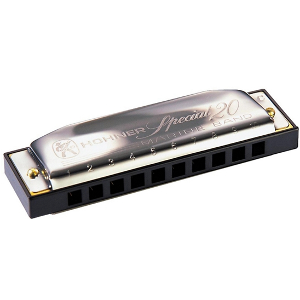

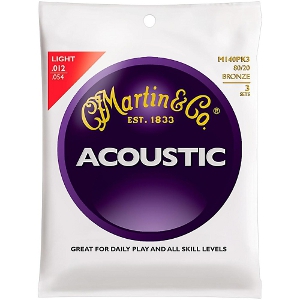
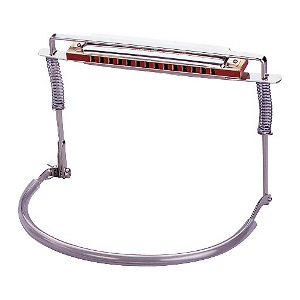
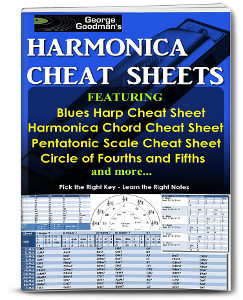


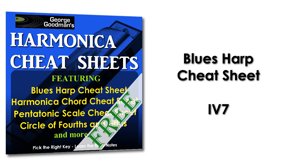

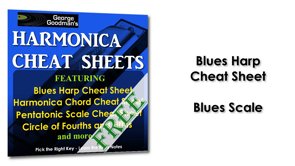


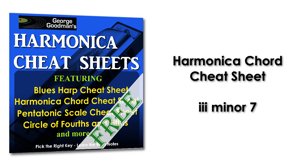
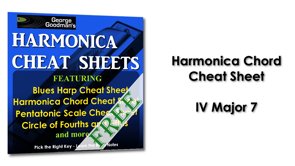



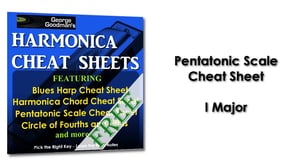



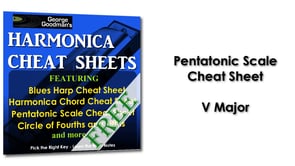
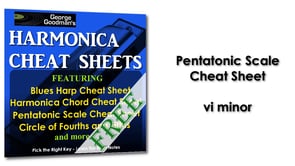
how to bend double bend and over blow?
Check out Bent Harmonica: Bent Harmonica – Draw Bends On The Diatonic Harmonica